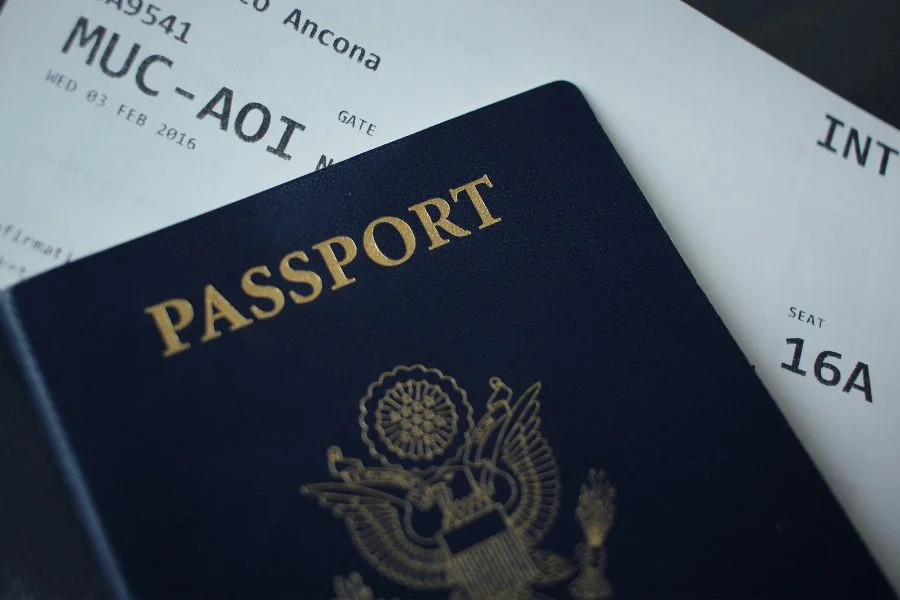Australia’s visa system has been under intense scrutiny in recent years, with long backlogs causing frustration for students, workers, tourists, and families alike. But 2025 has brought some welcome changes. The Department of Home Affairs has made significant strides to clear backlogged cases and expedite approvals across multiple visa categories.
Student visas are now being processed in about 30 days, visitor visas in as little as 24 hours, and skilled temporary visas in around four months. Permanent visas, however, are still taking longer. With tourism and international education being two of Australia’s most important industries, these improvements couldn’t have come at a better time. But is Australia really back on track, or is this just a temporary win in the global competition for talent and travelers?
Key Takeaways
Why Australia Is Speeding Up Visa Processing in 2025
The Australian government has been under pressure to address visa backlogs that piled up during and after the pandemic. International demand for visas surged as borders reopened, but processing systems struggled to keep up. On top of this, industries like hospitality, health care, and education were hit hard by labor shortages, leaving employers frustrated and slowing down economic recovery.
To respond, the Department of Home Affairs expanded its workforce and shifted priorities to clearing out long-standing cases. This effort aligns with Australia’s broader strategy to boost international education, one of its largest export sectors, and to revive tourism, which suffered significant losses during border closures. By reducing wait times, Australia is signaling to international students, workers, and visitors that it is once again open for business.
Student Visa Wait Times: How Much Faster Now?
For international students, visa delays have always been a make-or-break factor. Back in 2022 and 2023, many students faced processing times stretching beyond two months, causing uncertainty about whether they could arrive in time for the start of their courses. Fast forward to 2025, and the picture looks much brighter. Student visas are now typically finalized in about 30 days, which gives students much more certainty when planning their studies abroad.
Also Read: Study in Australia for Free with UWA’s 2026 Research Scholarships
This is particularly important for Indian students, who form one of the largest international student groups in Australia. A smoother visa process means fewer disruptions to enrollment and better planning for accommodation, travel, and finances. Universities are also breathing easier, as quicker approvals reduce the risk of last-minute dropouts. While 30 days is not instantaneous, it’s a major improvement that makes studying in Australia far more accessible and predictable.
Visitor Visas: A Boost for Tourism and Family Reunions
If student visas are critical for education, visitor visas are equally vital for tourism and family connections. In a surprising turnaround, Australia is now processing some visitor and Working Holiday Maker visas in under 24 hours. Yes, less than a day. That is a dramatic shift compared to the long delays seen in previous years.
This change is a huge boost for the tourism sector, which relies heavily on international arrivals to keep businesses afloat. Families are also among the biggest winners here. For many migrants in Australia, having parents or relatives visit has often involved stressful waits. With quicker processing, family reunions are now more feasible, and last-minute travel plans don’t feel like an impossible gamble.
Combined with competitive flight deals and Australia’s global reputation as a travel destination, faster visas could help the country claw back some of the tourism market share lost to other nations.
Work and Skilled Visa Applications: Are Delays Truly Over?
Student and visitor visas may be speeding up, but what about skilled migrants? The picture here is mixed. Skilled temporary visas are now being processed in around four months, which is an improvement compared to the year-long waits many applicants faced not long ago. That’s good news for employers who have been struggling to fill positions in critical industries like engineering, health care, and IT.

Permanent visas, however, remain slow. Skilled permanent visas take about eight months to finalize, while partner visas can stretch to 16 months. For individuals and families planning to settle long-term, these delays are still a hurdle. The government has promised that as more old applications are cleared, permanent visa processing will speed up, but for now, the system is far from perfect. It’s a case of progress, but not yet perfection.
What Applicants Can Do to Avoid Processing Delays
While Australia has made great strides, not all delays are caused by the government. Many applicants unknowingly slow down their own cases with incomplete documentation or errors. To avoid setbacks, it’s important to prepare a complete and accurate application from the start. That means having all required documents, including financial proof, health insurance, and academic records, ready before submission.
Also Read: How Much Does It Cost to Get PR in Australia in 2025?
Health checks and biometrics should also be completed promptly, since delays here can hold up the entire process. Double-checking forms for accuracy is another small but crucial step, as even minor mistakes can push an application back in the queue. In short, applicants who do their homework and submit properly prepared applications will always have an edge in a system trying to get back on track.
Is Australia Back on Track with Global Competition?
Australia’s progress in reducing visa backlogs is a big step toward reclaiming its position as a top destination for students, workers, and tourists. But it’s not competing in a vacuum. Countries like Canada, the UK, and New Zealand are also refining their immigration policies to attract global talent and investment. Faster student and visitor visas certainly make Australia more appealing, but the ongoing delays in permanent visas leave room for improvement.
Still, Australia has an advantage that shouldn’t be underestimated. With world-class universities, a strong labor market, and diverse cultural offerings, it remains a highly desirable destination. If the government can maintain the current momentum, streamline permanent visa categories, and continue improving processing efficiency, it may not just be back on track—it could become a global leader in migration once again. For now, though, the story is one of cautious optimism rather than complete victory.
Reference: https://immi.homeaffairs.gov.au/visas/getting-a-visa/visa-processing-times





